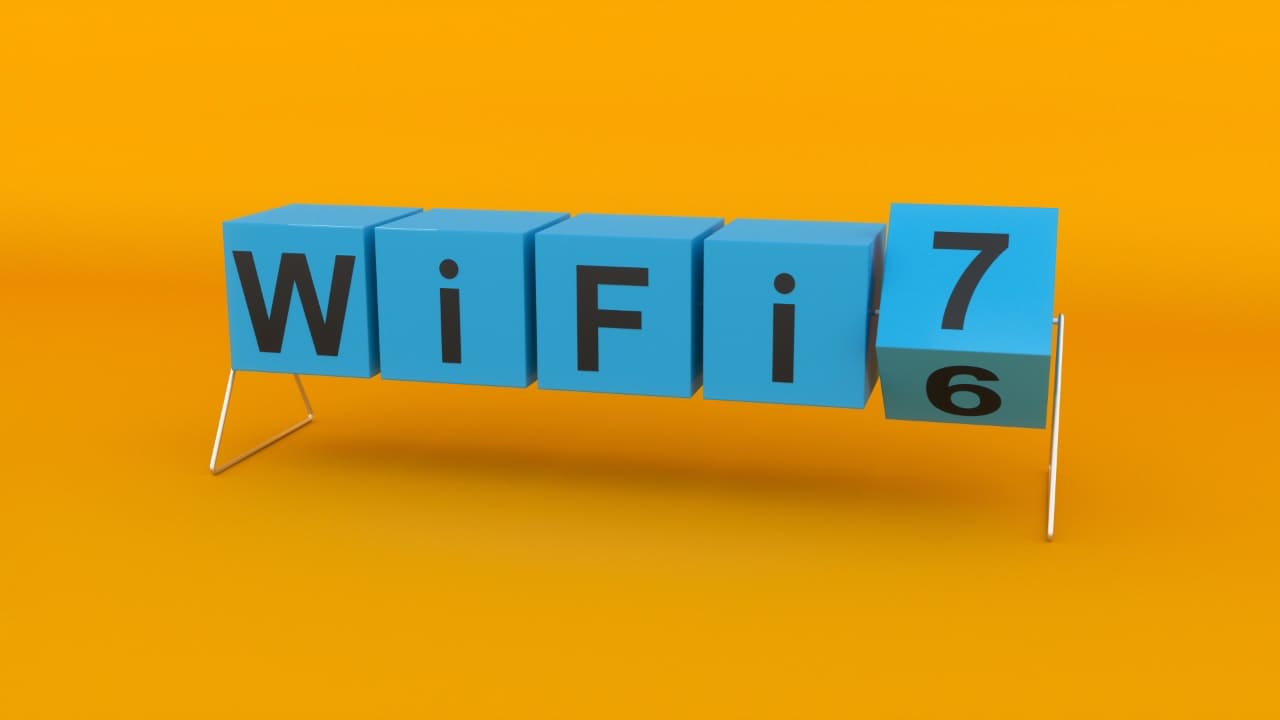
The new Wi-Fi 7 standard was launched by the Wi-Fi Alliance on Monday and boasts transfer speeds five times faster than the current generation.
After over a year in development, Wi-Fi 7 finally received its certification from the Wi-Fi Alliance earlier this week, making it the official current standard. This will come as a surprise to the many, many people who are still on Wi-Fi 5 (802.11ac), never mind Wi-Fi 6 (802.11ax), but the first devices have rolled out with support for it already, and so it is already starting to build momentum.
Indeed, the Wi-Fi Alliance reckons that more than 233 million devices are expected to enter the market in 2024, growing to 2.1 billion devices by 2028, which is a fairly rapid dissemination. Qualcomm, which makes a lot of the world’s Wi-Fi circuitry, reckons that there are currently 200 Wi-Fi 7-enabled models available — mainly phones, VR headsets, and laptops — and CES is seeing the introduction of plenty more.
There are some key technologies that Wi-Fi 7 implements that will push it up to that impressive 46 Gbps mark, well in advance of the peak 9 Gbps that its predecessor, Wi-Fi 6, could manage.
- 320 MHz channels: available in countries that make the 6 GHz band available to
Wi-Fi, ultra-wide channels double today’s widest channel size to facilitate multigigabit device speeds and high throughput - Multi-Link Operation (MLO): allows devices to transmit and receive data simultaneously over multiple links for increased throughput, reduced latency, and improved reliability (this is actually very cool)
- 4K QAM: achieves 20% higher transmission rates than 1024 QAM
- 512 Compressed block-ack: improves efficiency and reduces overhead
- Multiple RUs to a single STA: improves flexibility for spectrum resource scheduling to enhance spectrum efficiency
- Triggered Uplink Access: optimizes Wi-Fi 6 defined triggered uplink access to accommodate latency sensitive streams and satisfy QoS requirements

Tl;dr? Wi-Fi 7 will introduce much faster and significantly more reliable connections to more people on the same network, which will be very welcome, especially for anyone involved in immersive media.
ASUS has just launched a trio of Wi-Fi 7 enabled mesh Wi-Fi systems, the OnePlus 12 phone already has it, the next iPhone 16 Pros are rumoured to have it, and more. Momentum is going to build fast with this as people get used to faster and faster connections, and the hope is that the Wi-Fi 7 Certified mark will help drive adoption even quicker.
Tags: Technology


Comments